BC Pre Calc Final
1/136
Earn XP
Description and Tags
Formulas, transformations, identities
Name | Mastery | Learn | Test | Matching | Spaced |
|---|
No study sessions yet.
137 Terms
Even Function (graphic)
symmetric over y-axis

Odd Function (graphic)
symmetric about the origin

Even Function (algebraic)
f(–x)=f(x)

Odd Function (algebraic)
f(–x)=–f(x)

y=x
linear parent function
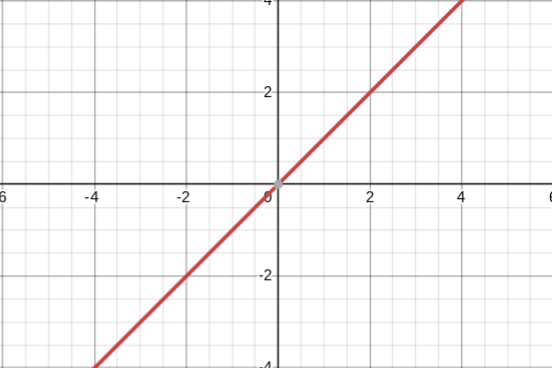
y=x2
parabola parent function
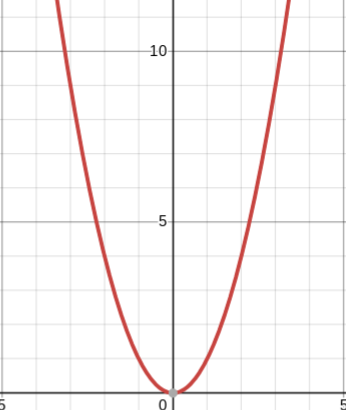
y=x3
cubic parent function

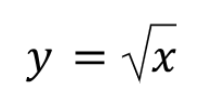
square root parent function

y=|x|
absolute value parent function
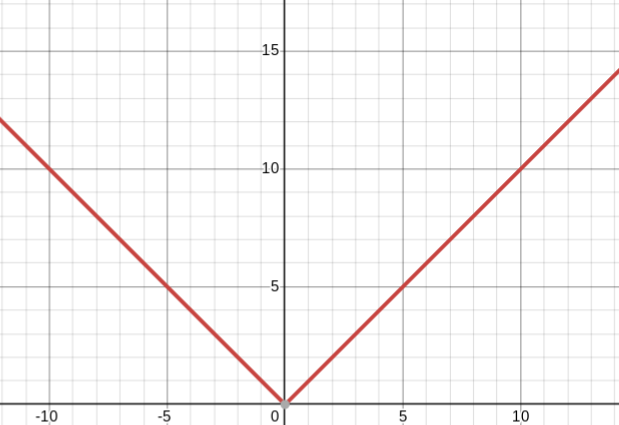
y=ex
natural exponential parent function
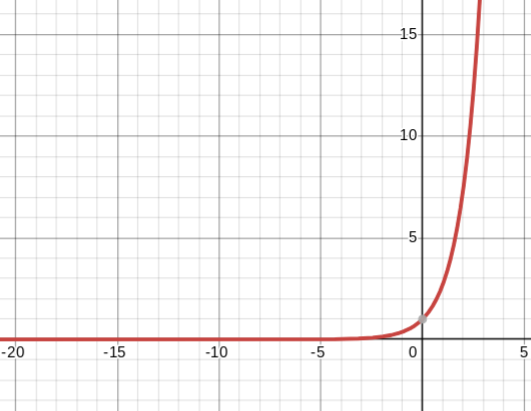
y=ln x
natural log parent function

x2+y2=1
unit circle (circle parent function)

y=1/x
reciprocal parent function

y=sin(x)
sine parent function
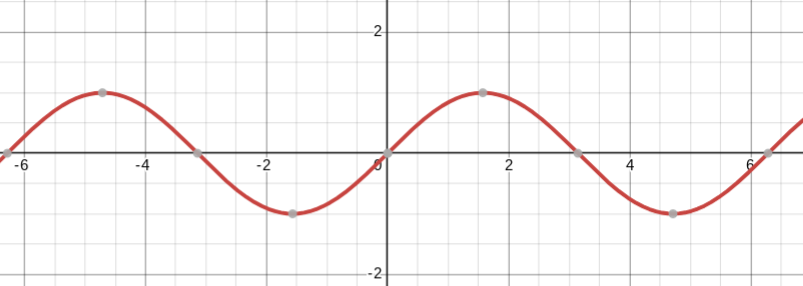
y=cos(x)
cosine parent function

y=tan(x)
tangent parent function
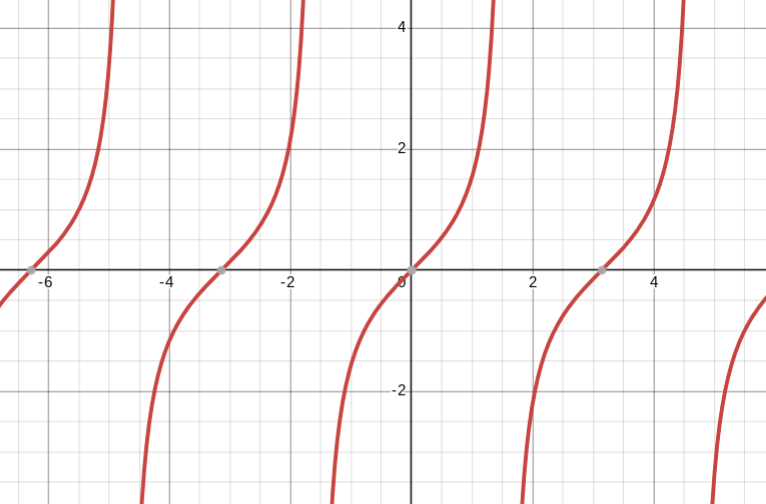
y=csc(x)
cosecant parent function
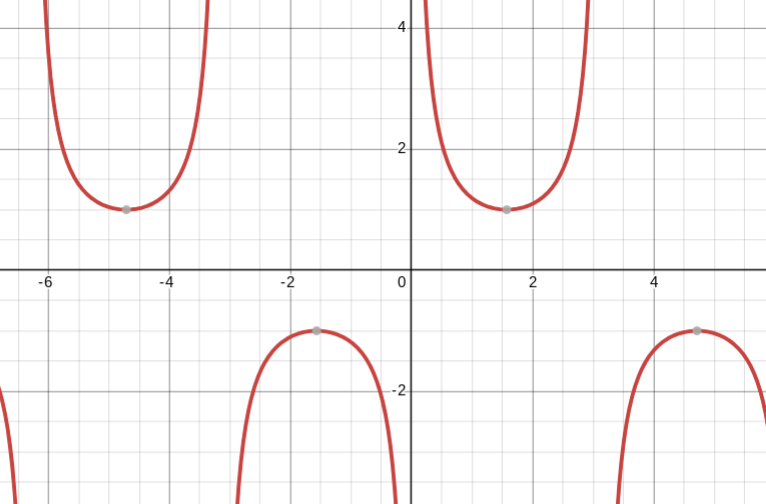
y=sec(x)
secant parent function
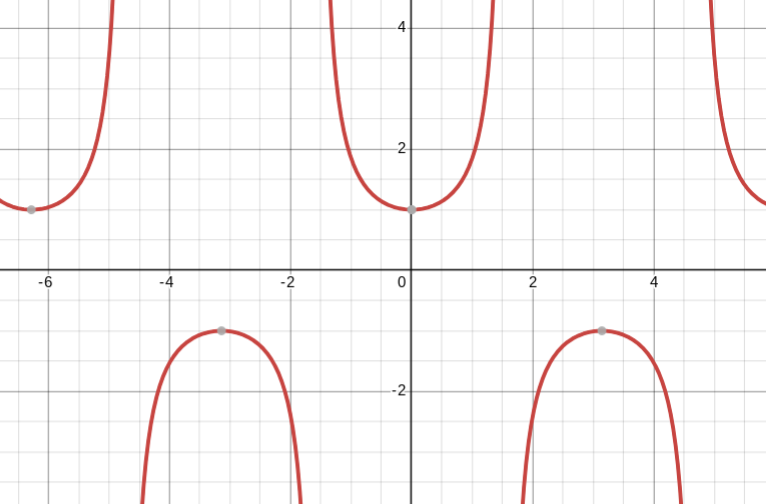
y=cot(x)
cotangent parent function
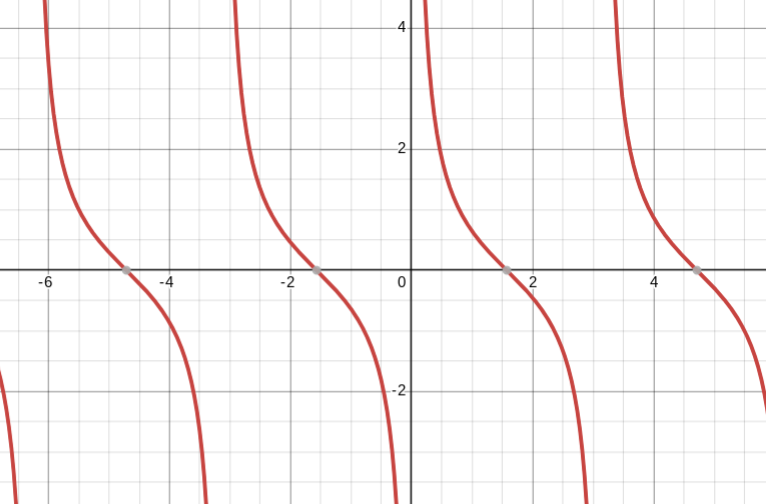
y=sin-1(x)
inverse sine parent function

y=cos-1(x)
inverse cosine parent function
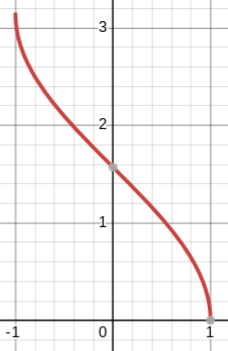
y=tan-1(x)
inverse tangent parent function
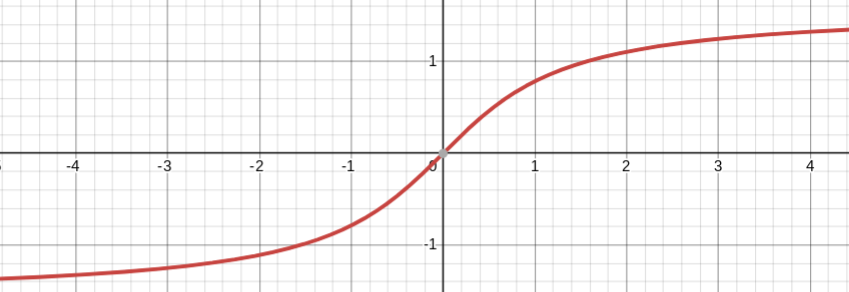

(y-k)2=4c(x-h)
horizontal parabola equation

(x-h)2=4c(y-k)
vertical parabola equation

horizontal ellipse equation

vertical ellipse equation

horizontal hyperbola equation

vertical hyperbola equation

parabola eccentricity

ellipse eccentricity

hyperbola eccentricity
parabola: (h, k)
vertex
parabola: c
direct distance between vertex and focus
ellipse: (h, k)
center
ellipse: b2+c2=a2
distance from the center to a focus
ellipse: 2a
length of major axis
ellipse: 2b
length of minor axis
ellipse: 2c
distance between foci
hyperbola: (h, k)
center
hyperbola: b2+a2=c2
foci relationship
hyperbola: c
distance from center to focus
hyperbola: a
distance from center to vertex
hyperbola: b
distance from center to co-vertex
hyperbola: 2a
length of major axis
hyperbola: 2b
length of minor axis
hyperbola: 2c
distance between foci

limit of a function exists
Intermediate Value Theorem (IVT)
If f(x) is continuous on [a, b] then for every y between f(a) and f(b) there exists an x = c between a and b such that f(c) = y
Continuity (basic)
a graph can be drawn without needing to lift the pencil
Continuity (calculus)
for a function f to be continuous at the point x = c, then all three conditions below must be met
Three conditions for continuity
f(c) exists
the limit of f(x) as x approaches c exists
the limit of f(x) as x approaches c equals f(c)

Remainder Theorem
if a polynomial function, f, is divided by (x - a), then the remainder is f(a)
Factor Theorem
if (x - a) divides a polynomial function, f, evenly, then f(a) = 0
Slope of a Secant Line
the slope to f(x) on [a, b] is (f(b) - f(a)) / (b - a)
![<p>the slope <span>to <em>f</em>(<em>x</em>) on [a, b] is (f(b) - f(a)) / (b - a)</span></p>](https://knowt-user-attachments.s3.amazonaws.com/212e43e0-f834-4e3f-b3f7-ed828bfaeb8b.png)
Slope of a Tangent Line
the slope to f(x) at x = c is the derivative and is f'(c)= the limit of (f(x) - f(c)) / (x - c) as x approaches c

Point-Slope Form
(y-y1) = m(x-x1)

Rational Functions Graph Properties: zeros
r(x) will have zeros where p(x) = 0
Rational Functions Graph Properties: vertical asymptotes
r(x) will have vertical asymptotes (infinite discontinuities) for all zeros of the denominator with greater multiplicities than there are zeros of the numerator
Rational Functions Graph Properties: holes
r(x) will have holes (removable discontinuities) for all zeros of the numerator with equal or greater multiplicities than there are zeros of the denominator
Rational Functions Graph Properties: horizontal asymptotes
y=0 when the degree of q > the degree of p
y=a/b when the degree of q = the degree of p
(where a = leading coefficient of p and b = leading coefficient of q)
r(x) will have a slant asymptote when the degree of q < the degree of p
Equation of slant asymptote can be found by dividing p and q
Inverse of logarithmic function
exponential function (and vice versa)

definition of e1
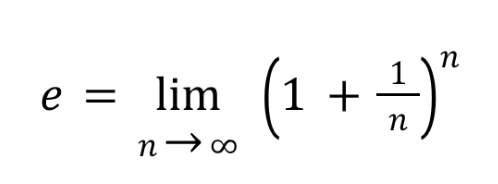
definition of ex
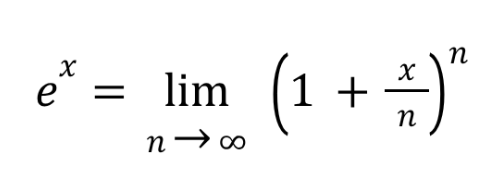
Compound interest (n times per year)
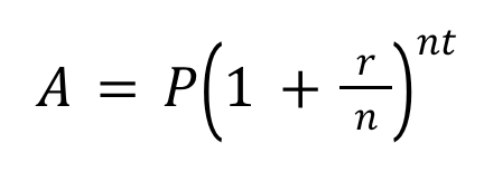
Compound interest (continuously)
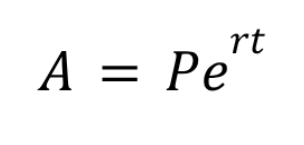
Log Property (1)
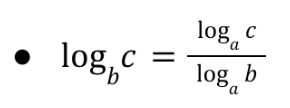
Log Property (2)

Log Property (3)

Log Property (4)

Unit Circle: sine ratio

Unit Circle: cosine ratio

Unit Circle: tangent ratio

Trig Functions: y=sin(x) domain
(negative infinity, infinity)

Trig Functions: y=sin(x) range
[-1, 1]
Trig Functions: y=cos(x) domain

Trig Functions: y=cos(x) range
[-1, 1]
Trig Functions: y=tan(x) domain

Trig Functions: y=tan(x) range

Reciprocal Trig: sine vs cosecant
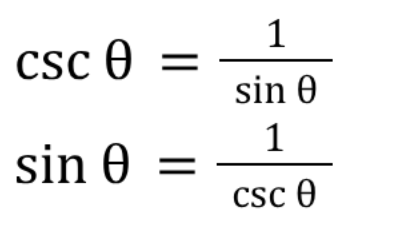
Reciprocal Trig: cosine vs secant

Reciprocal Trig: tangent vs cotangent
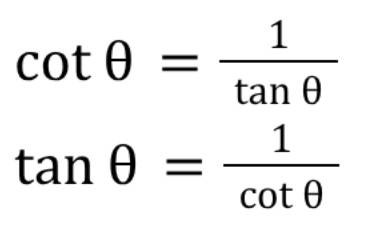
Inverse Trig: y=sin-1(x) domain
[-1, 1]
Inverse Trig: y=sin-1(x) range
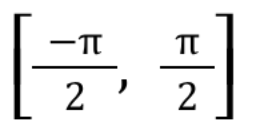
Inverse Trig: y=cos-1(x) domain
[-1, 1]
Inverse Trig: y=cos-1(x) range

Inverse Trig: y=tan-1(x) domain

Inverse Trig: y=tan-1(x) range
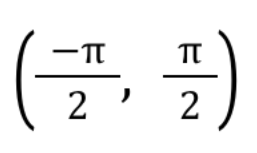
SAS Area Formula

Law of Sines

Law of Cosines

Sinusoidal Functions: equations
y=A(b(x-c))+D
y=A(b(x-c))+D
Sinusoidal Functions: A
Amplitude: Vertical distance between midline and max (or min) (Half the difference between the max and min values)

Sinusoidal Functions: b (in relation to pi)
Period: Horizontal distance it takes for the function to repeat
Sinusoidal Functions: c
phase shift: Horizontal distance the graph is moved left or right
Sinusoidal Functions: D
vertical displacement: Vertical Distance graph is moved up or down (midline) (The average of the max and min values)
Pythagorean Identities (3)

Even / Odd ID: sine

Even / Odd ID: cosine

Even / Odd ID: tangent

Co-Function ID: sine
